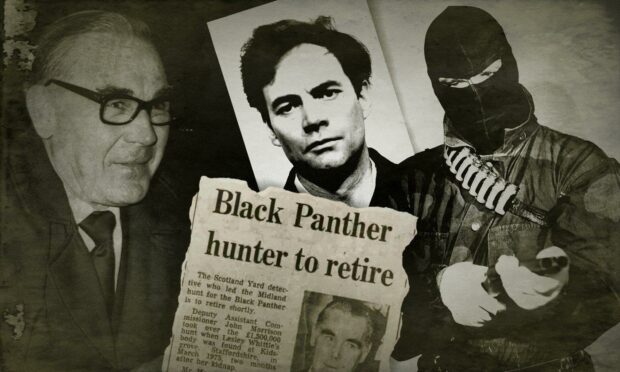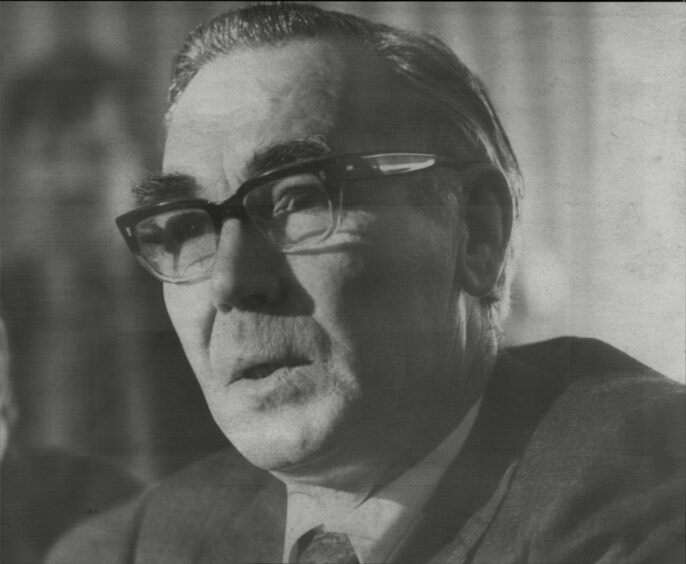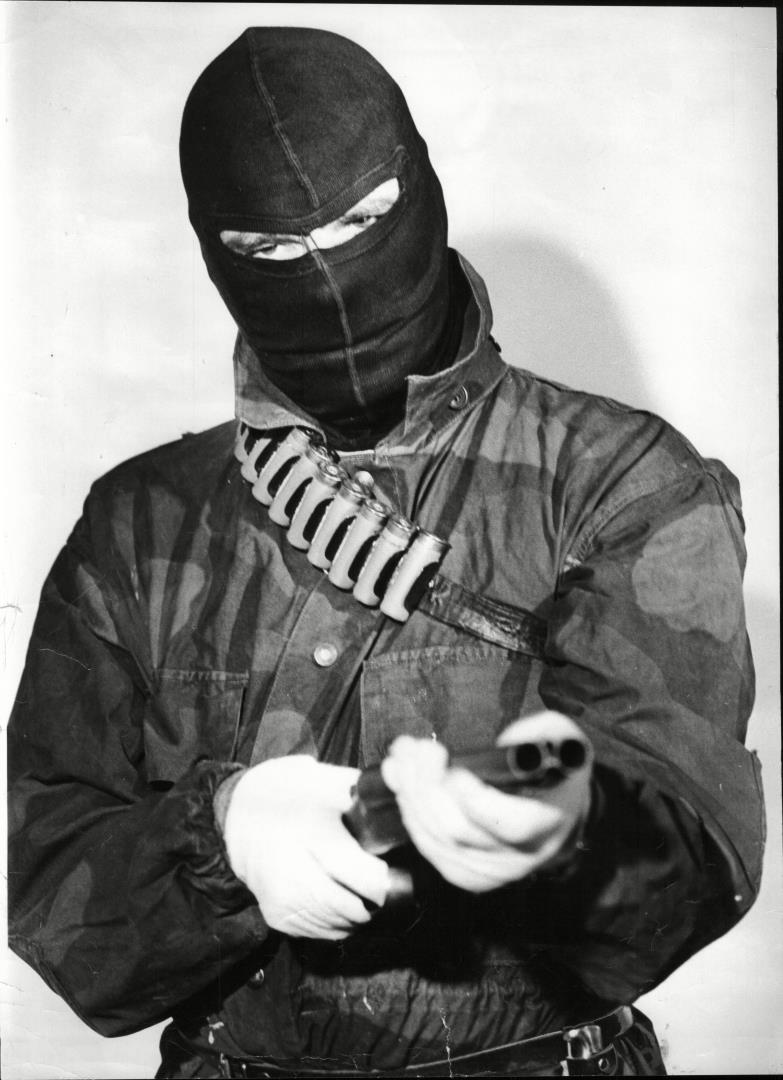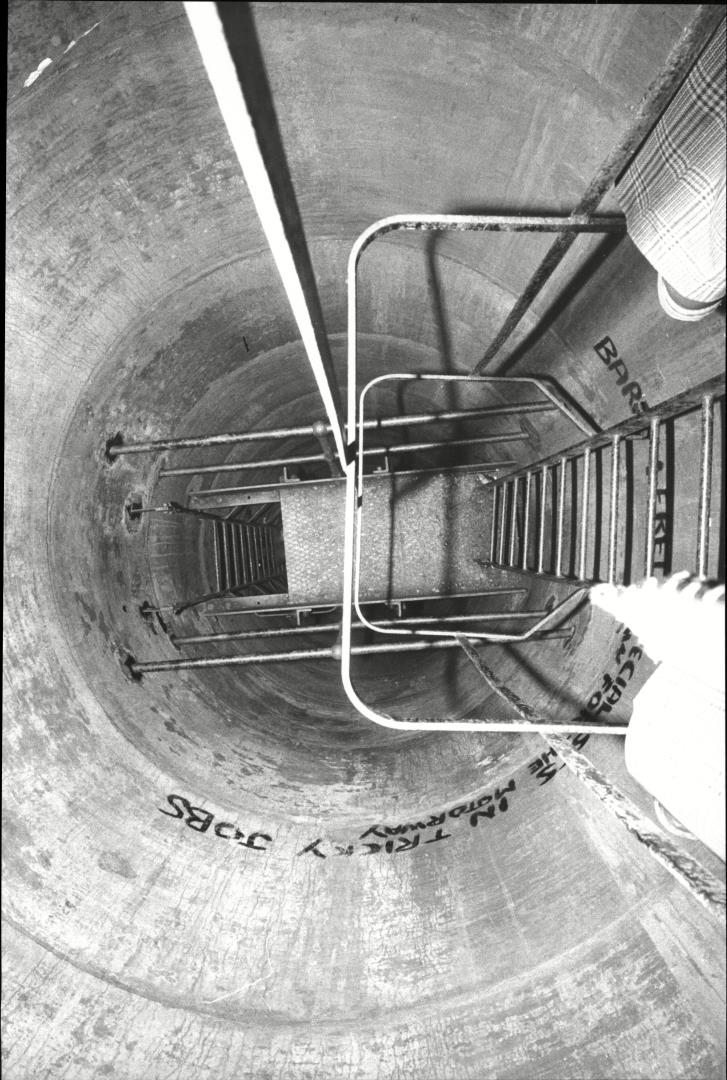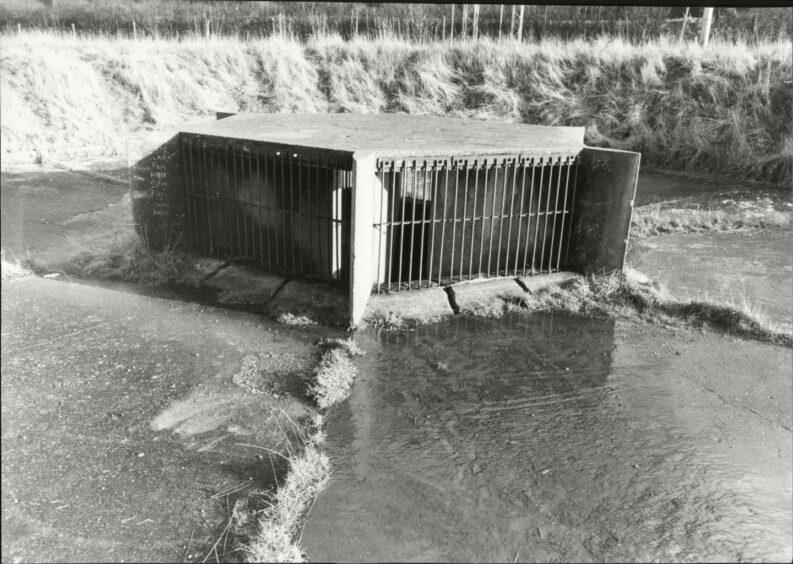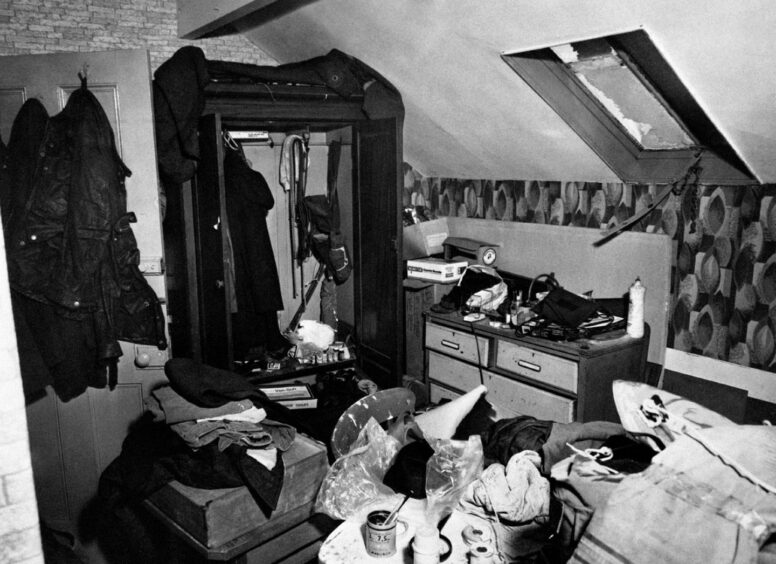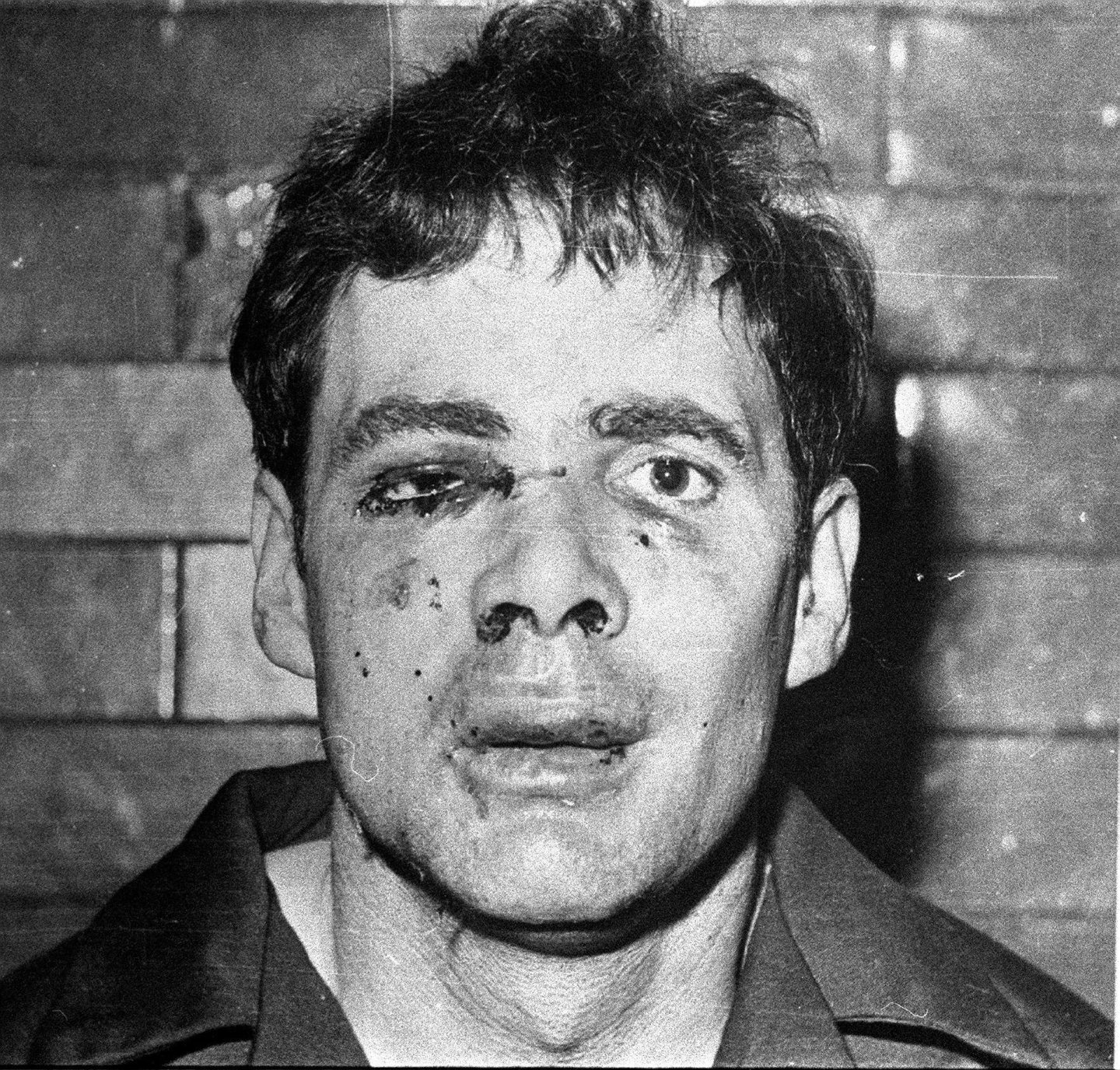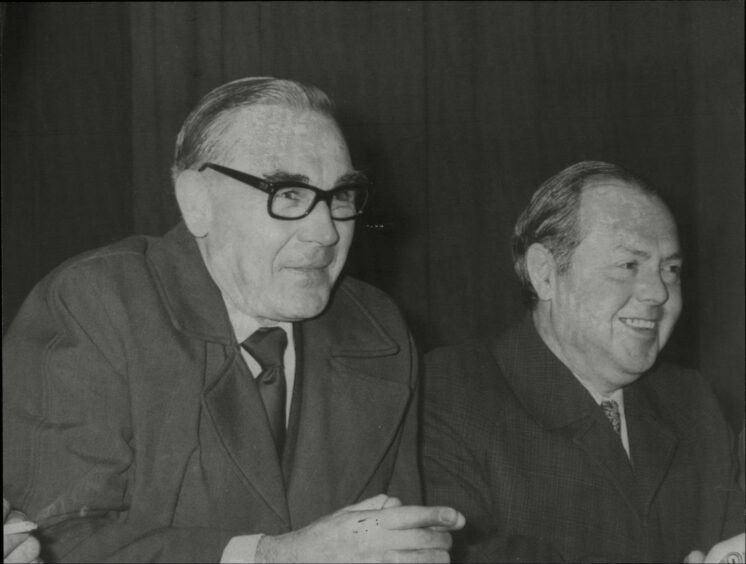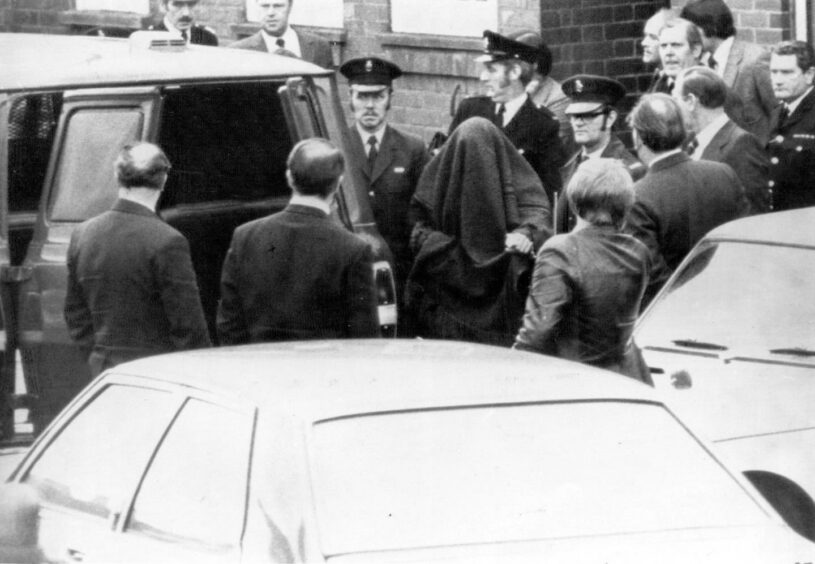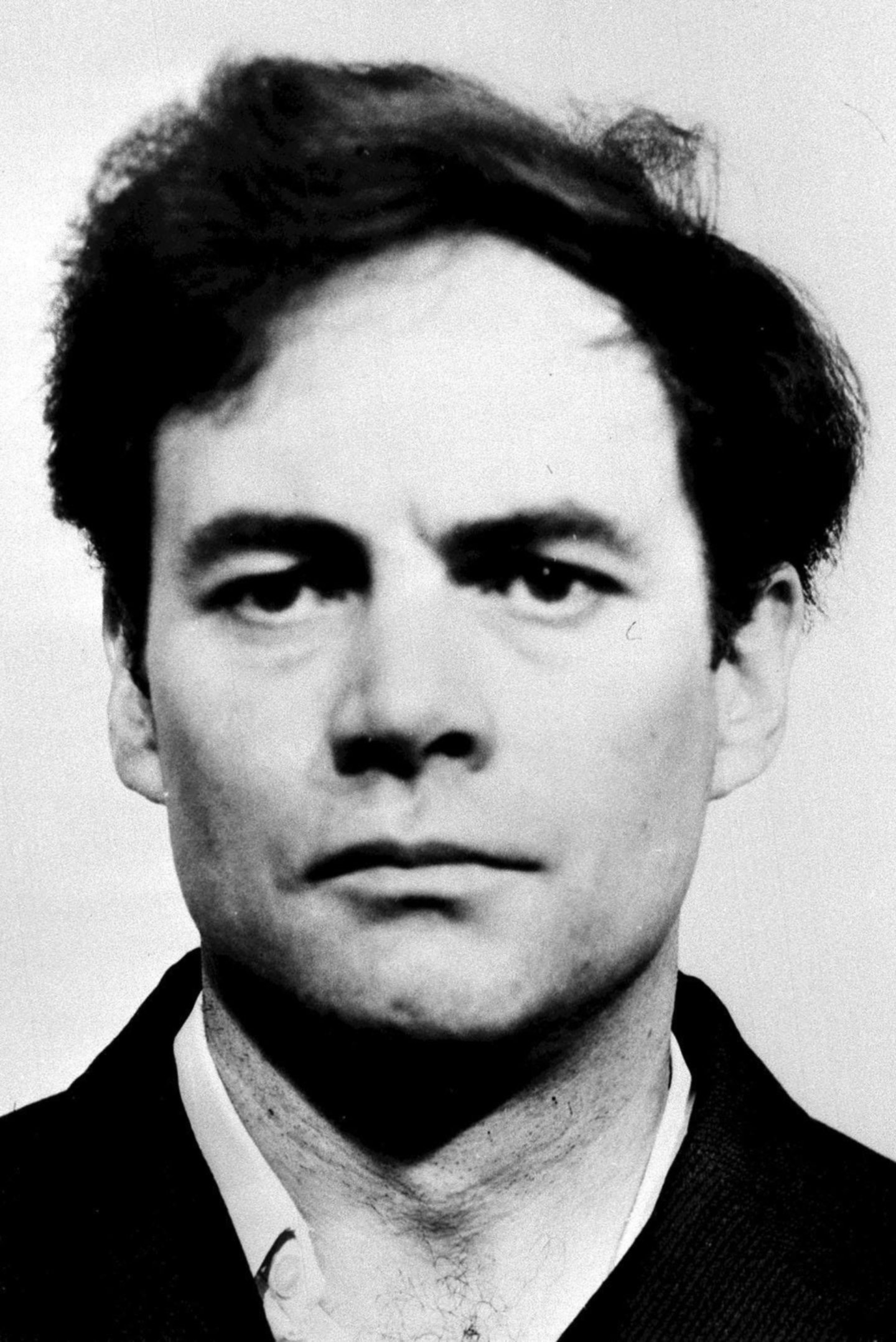Western Isles detective John Morrison led the murder hunt that brought the Black Panther, Donald Neilson, to justice 45 years ago.
Gaelic-speaking Morrison, of New Tolsta, Lewis, left primary school aged 14 and began working as a fisherman on the family herring drifter.
He spent the war at sea and left the Navy in 1946, before joining the Metropolitan Police after being rejected by the Glasgow force for being too short.
Morrison progressed through the ranks and was transferred to Scotland Yard where he was eventually promoted to commander of the murder squad.
In 1973 he flew out to Bermuda to investigate the murder of the governor Sir Richard Sharples and the killers were caught and eventually hanged.
Here was a manhunter who got results.
That’s why Morrison spent much of 1975 in Staffordshire.
Donald Neilson had kidnapped and subsequently murdered 17-year-old transport heiress Lesley Whittle.
Dubbed the Black Panther, Neilson was pure evil.
He always wore black including a dark mask with slits for his eyes and was known for creeping into his victims’ bedrooms without waking them.
Up until that date, his criminal career had consisted of 400 house burglaries and the shooting and killing of two sub-postmasters and the husband of a sub-postmistress.
Nielson needed a more significant payday and for three years he meticulously planned the kidnap plot after reading of a family spat over a will.
He broke into the Whittle family’s Shropshire home on January 14 1975 and abducted Lesley from her bedroom, leaving a ransom note that demanded £50,000.
In it, he gave detailed instructions on a piece of Dymo tape for its delivery by Lesley’s brother, Ronald, and included a warning not to involve the police.
Neilson imprisoned Lesley in the blackness of an underground drainage shaft in a country park while there were several botched attempts to deliver the money.
This man is a cunning, vicious and sinister criminal and he is going to take a lot of catching.”
John Morrison
The second failed ransom drop ended just yards from the drainage shaft but no search of the immediate area was carried out at the time.
A week went by and West Mercia Police were contacted by West Midlands Police, who had noticed a car left in Dudley, near a Freightliner railway terminal, where security guard Gerald Smith had been shot and injured.
In the car was evidence which directly linked the driver with the post office murders and Lesley’s kidnap.
Her body was discovered nearly two months later on March 7, hanging naked from the metal wire noose Neilson had put round her neck to stop her escaping.
Shortly after the discovery it was announced that Morrison was travelling from London to assist in the investigation, which had already cost £1 million.
Morrison was 54 when he took control of the manhunt.
“This man is a cunning, vicious and sinister criminal and he is going to take a lot of catching,” said Morrison.
“There is always the possibility that he will strike again.
“It is in everyone’s interests that this man is brought to justice as soon as possible.”
The Black Panther remained at large for another nine months, before he decided to go back to post office robberies in December 1975.
Neilson was spotted by two police officers acting suspiciously near a sub-post office in Mansfield, Nottinghamshire.
Neilson pulled a gun and forced the pair to drive with him.
I want people to know the truth.”
Donald Neilson
However, after a considerable struggle, he was eventually overpowered by the pair, with the help of people from a fish and chip shop queue who rushed to help.
Neilson’s fingerprints were found to match one of those at the scene of Lesley’s death.
A search of his house turned up a roomful of items linked to his spree, including the same wire Lesley was found hanging from.
He even had a model black panther.
The evidence against Neilson was overwhelming.
For several days he refused to answer any questions but he finally cracked during his interview with Morrison.
“I didn’t murder her,” said Neilson.
“I didn’t even know who I was going to get from the house.”
He eventually confessed Lesley’s killing to the Hebridean detective, whose detailed questioning over a total of nine hours elicited a drawn-out 18-page statement with each answer, phrase and sentence carefully double checked by the murderer.
“I want to tell you the truth,” said Neilson.
“I hate all these lies.
“I want people to know the truth.
“I will not tell you lies like the newspapers.”
Neilson’s career as one of Britain’s most violent criminals was over.
During nine months of solid work, with 600 men working 12 hours a day, Morrison never doubted that the Black Panther would be caught.
More than 250,000 people were interviewed, 60,000 statements recorded and 40,000 questionnaires were filed.
In July 1976 Neilson was convicted of the kidnapping and murder of Lesley, for which he was given a life sentence.
Three weeks later he was convicted of the murders of two postmasters and the husband of a postmistress and given four life sentences.
The 14-day trial took place during the sweltering heatwave of 1976 where counsel were permitted to forego their customary wigs and gowns.
In total, Neilson received five life sentences.
He was told by the trial judge, Mr Justice Mars-Jones, that the enormity of his crimes put him in a class apart from almost all convicted murderers in recent years and that in his case life imprisonment should mean life.
He was one of a small group of notorious prisoners who were told they would spend the rest of their lives behind bars.
During the Black Panther trial Morrison was promoted to deputy assistant commissioner at Scotland Yard.
He became known as the ‘Black Panther Hunter’ and was awarded the Queen’s Police Medal in 1976 and later made an OBE.
He retired from the police in 1977, after 31 years of service, and returned to Scotland to become security adviser to the newly-formed British National Oil Corporation.
He published a roll of honour for the Tolsta area after retiring to his native isle, where he was known locally as Commander Morrison.
Morrison died in October 2008, aged 88.
Neilson remained behind bars until his death, aged 75, in December 2011.
More like this:
Who killed gentle Buchan postmistress in Black Panther-style robbery 40 years ago?
Aberdeen movie night triggered one of Hollywood’s most infamous stalker attacks
